Today’s competitive landscape is much different than it used to be. Many of us fondly look back to the days when we dealt with local competitors who operated within a 50-mile or so radius.
Fast forward to the present. We are now faced with the additional reach of our traditional competitors, as well as Amazon, Grainger, home centers and others.
More competition leads to more margin compression, putting more pressure on the bottom line. However, not everything we sell is subject to the competition because we are better skilled to be nimble and cognizant of earnings. Even so, we should understand what portion of all of the products we sell is contributing to this margin compression phenomenon. How can we generate more profit?
Now more than ever, the special price agreement (SPA) model is our profit recovery weapon. First, let’s talk about the reason SPAs exist. Manufacturers initially set price levels for distributors to support, but distributors sell to contractors whose favorite words are “your price is too high.” This spurs the distributor to ask the manufacturer for price support in the form of an SPA. The SPA was created as an agreement between a distributor and manufacturer to allow both parties to capture market share in a competitive environment.
In 2018, 60 electrical distributor employees were asked to complete a survey on SPAs. Respondents included company presidents, owners, pricing agents and buyers, as well as vendor relations, accounting and administrative personnel who are exposed to SPAs. Following are responses to some of the questions in the survey.
We asked those surveyed how SPAs impact their business, if they are growing business and if they are growing gross profit dollars?
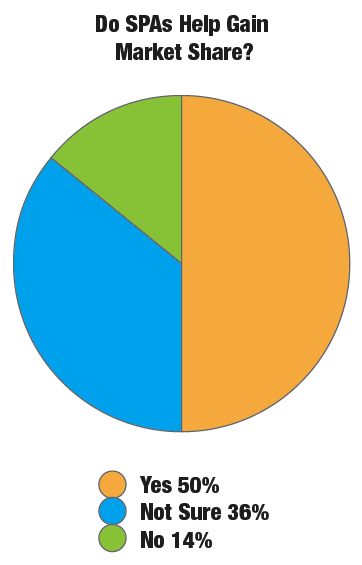
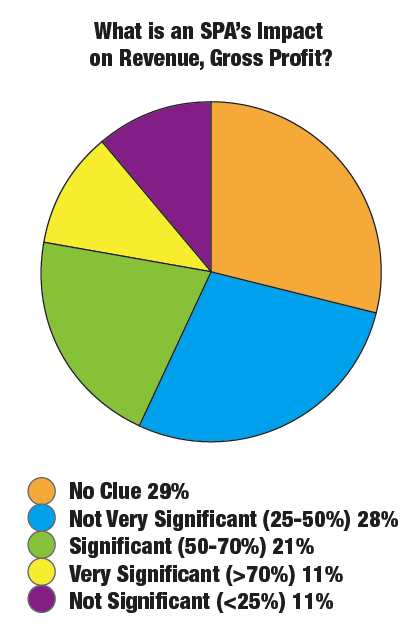
When we asked how they really knew, the results were interesting as very few had insight into the SPA world.
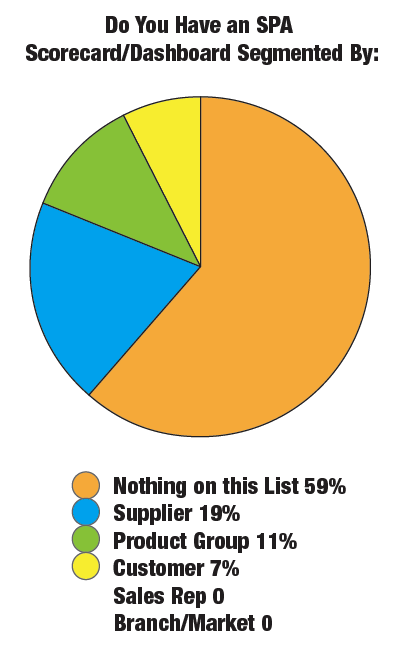
When we asked who has price control, we started to wonder if the right hand knows what the left is doing?
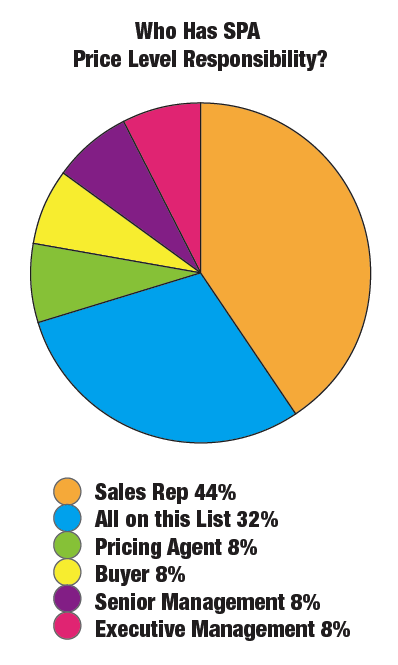
Interestingly, 79 percent of respondents were not fully aware how much the process costs.
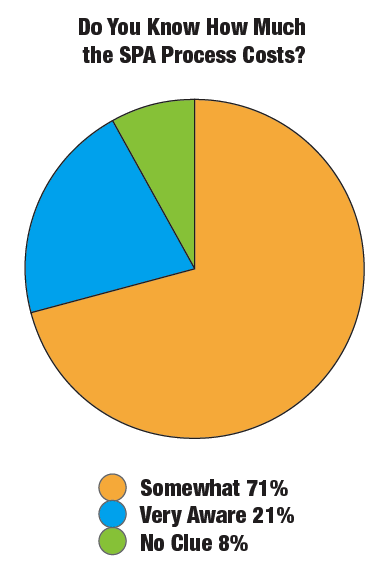
According to these results, there is much room for improvement in SPA management. So, how do you determine the cost of your company’s SPA activities and which products drive lower prices while driving increased and costly SPA activity?
Distributors have had to create business rules around a streamlined process on the front-end to eliminate errors and frustrations on the back-end for each manufacturer that provides an SPA.
SPAs require consistent process control to ensure all claim dollars are captured. They come with transactional overhead costs that cannot be ignored. In fact, many distributors indicate that their SPA activity has snowballed into a complicated, confusing and costly way of doing business. This is not surprising when you consider that there may be as many as 12 distributor and manufacturer employees—sales representatives, pricing personnel, purchasing agents and IT and finance personnel—involved in the SPA process.
Here are a few tips to help transact “smart” SPAs, eliminate waste and bring additional bottom-line profit to both the distributor and manufacturer involved in the process.
First, look for products with the following characteristics, as they may cost more to process than they generate in gross profit:
- High velocity
- Low margin
- Commoditized (available in DIYs and through Amazon)
- Low claim dollars
- High sell and cost intensities (majority of sales through an SPA)
- Multiple contracts for the same item
- Subject to petty write-offs
Second, identify and quantify the cost of supporting the SPA model by using our SPA Calculator.
The SPA Calculator will allow you to quantify the cost of your SPA activity. It is prefilled with the National Association of Electrical Distributor (NAED)’s 2018 PAR median-sized distributor information, as well as other information based on industry research. All you have to do is replace the current values on tab one of the Excel workbook with your own information. Then, click on tab two to see your estimated results. Tab three provides a benchmarking tool for you to see the results of what focused change efforts will do for your bottom line.
To access the SPA Calculator, log into imarkgroup.com, go to the “General Information” section and select “IMARK Resources.”
Third, our company offers an SPA Workshop, which teaches your associates to identify and eliminate waste and drive excellence around this important part of your business. The workshop features a gameboard with SPA playing cards and a “bank” (a steel case full of poker chips). Up to six people can play the SPA game. The players can play the role of the customer, manufacturer, distributor’s sales rep, pricing lead, buyer or accounting personnel.
The objectives of the SPA Workshop are for attendees to:
- Understand the SPA process each department experiences
- Know the pain points in processing SPAs
- Drive bottom-line earnings through data analytics
- Create strategies to reach performance goals
- Change pricing behavior by creating your TEAM
- Transparency
- Earnings
- Awareness
- Management
- Leave with best practices
Distributors represent the “Bank of Electrical Distribution” in that they not only finance customers, but also finance the SPA process with employee time and effort, as well as inventory with premiums (later captured through the SPA claim process). Many distributors do not understand the cost of this exposure and its impact on available cash and the bottom line. If distributors are financiers, shouldn’t they be in control of their money? It’s time to take control, to be aware and support “smart” SPAs.